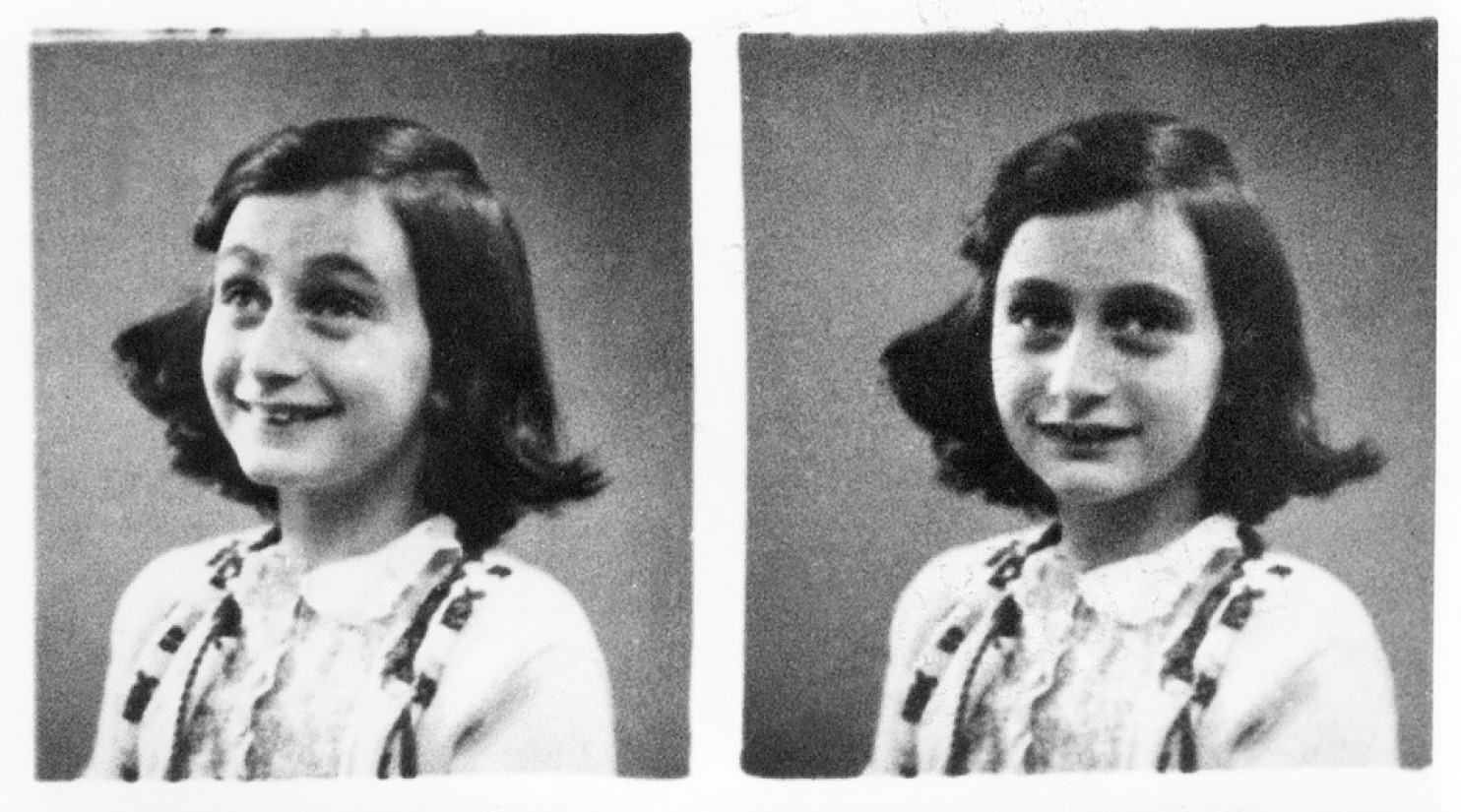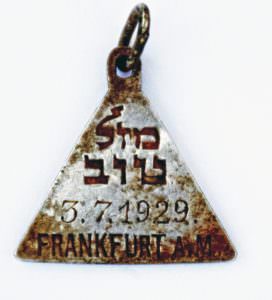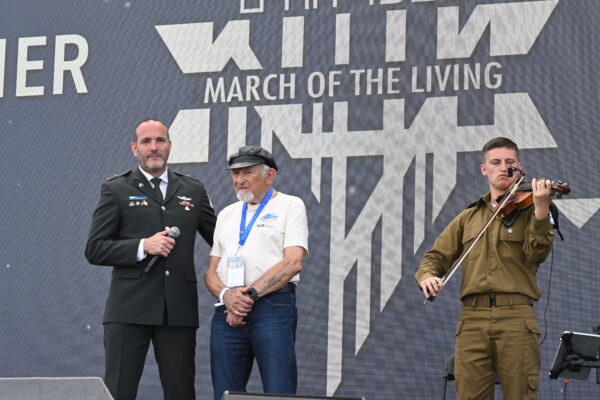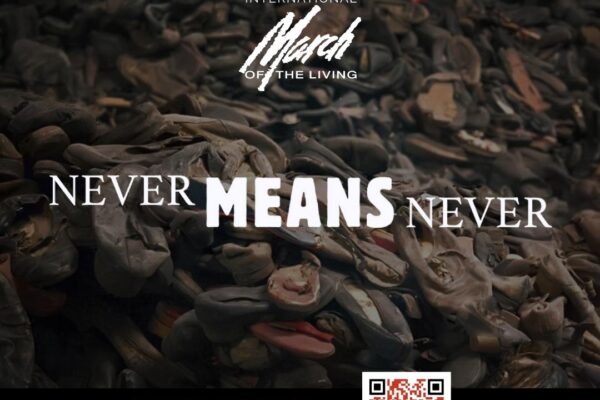
Anne Frank (Agence France-Presse via Getty Images)
Researchers say a recent Nazi death camp excavation has turned up personal mementos from victims, including a teenager’s triangular pendant that closely resembles one that belonged to Anne Frank.
The Yad Vashem Holocaust memorial said in a statement Sunday that Jewish victims’ personal belongings, including the pendant, were unearthed at the former Sobibor death camp in Poland along the notorious “Pathway to Heaven” — an area where the victims were forced to shed their clothes and keepsakes on the way to the gas chambers.

This undated photograph shows a pendant that appears identical to one belonging to Anne Frank. (Yoram Haimi, Israel Antiquities Authority via AP)
Yad Vashem said archaeologists found a watch, a Star of David necklace and a charm etched with an image of Moses holding the Ten Commandments.
They also found the pendant, a charm engraved with the Hebrew words “Mazal Tov” along with a date, “July 3, 1929,” and location, “Frankfurt A.M.”
Using an online deportation database, Yad Vashem said it was able to determine that the charm may have belonged to Karoline Cohn, a Jewish girl with that birth date and home town. Researchers are now trying to determine whether Cohn, who would have been 14 at the time, may have ties to Frank, who was also born in Frankfurt in 1929.
Yad Vashem said the pendants — one belonging to Frank and one believed to have belonged to Cohn — are the only two of that kind known to historians.
“The significance of the research and findings at Sobibor grows with every passing season of excavation,” Israel Antiquities Authority archaeologist Yoram Haimi said in the statement. “Every time we dig, we reveal another part of the camp, find more personal items, and expand our knowledge about the camp. In spite of attempts by the Nazis and their collaborators to erase traces of their crimes, as well as the effects of forestation and time, we enhance our understanding of the history previously known to us only through survivor testimonies. In this way, we ensure that the memory of the people killed there will never be forgotten.
“This pendant demonstrates once again the importance of archaeological research of former Nazi death camp sites. The moving story of Karoline Cohn is symbolic of the shared fate of the Jews murdered in the camp. It is important to tell the story, so that we never forget.”
The Sobibor death camp, which was built in 1942 as part of the Aktion Reinhard program, was hidden outside the nearby village of Sobibor by barbed-wire fences and foliage, according to Yad Vashem.
Jews were transported there by train, and most of them were immediately herded into an area where they were told to remove their clothes and valuables before being forced into the gas chambers.
“The gas chambers were sealed once the maximum potential of victims were inside,” according to research on Sobibor from Yad Vashem. “Poisonous gas was then piped in. Within 20-30 minutes, all those inside were dead. Jewish work teams — known as Sonderkommando — removed the bodies, pulled out any gold teeth, and buried the dead.”
Some 250,000 Jews are estimated to have been killed at Sobibor.
The extermination camp was torn down in a 1943 uprising.
Since 2007, the Israel Antiquities Authority, with help from Yad Vashem, has been carrying out excavations at Sobibor.
Archaeologists uncovered a building near the former “Pathway to Heaven” and, in the building’s foundation, discovered some of the victims’ personal belongings, Yad Vashem said Sunday in the statement.
Researchers believe that the victims may have dropped the items — including the triangular pendant — which fell through the building’s floorboards to the ground, where they were buried for decades.
Yad Vashem said research suggests “a possible familial connection between Frank and Cohn,” the teenage girl believed to have owned the recently recovered pendant.
According to the statement from Yad Vashem:
Dr. Joel Zissenwein, Director of the Deportations Database Project, found that Cohn, born on July 3, 1929, was deported from Frankfurt to Minsk on November 11, 1941. While it is not known if Cohn survived the harsh conditions in the Minsk ghetto, her pendant reached Sobibór sometime between November 1941 and September 1943, when the ghetto was liquidated and the 2,000 Jewish prisoners interned there were deported to the death camp. There, along the path to the gas chambers of Sobibór, the pendant belonging to 14-year-old Karoline Cohn was taken, dropped, and remained buried in the ground for over 70 years.
“These recent findings from the excavations at Sobibor constitute an important contribution to the documentation and commemoration of the Holocaust, and help us to better understand what happened at Sobibor, both in terms of the camp’s function and also from the point of view of the victims,” Davi Dreifuss, with Yad Vashem’s International Institute for Holocaust Research, said in the statement.
Originally published HERE








